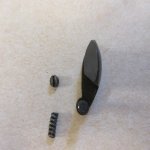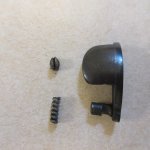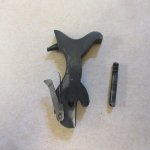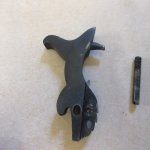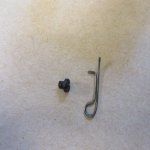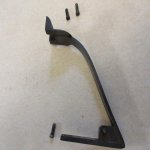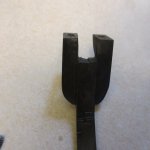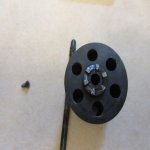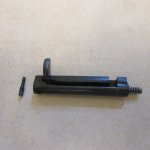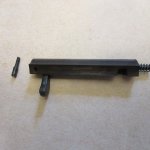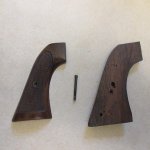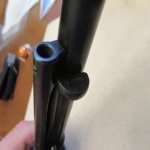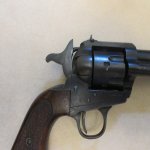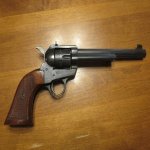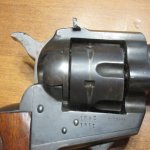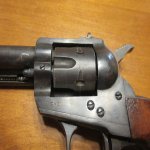Selby Webb was born and lived in Ohio, 1862 - 1954. He was a machinist, but quit his job at age 66 after a disagreement with his boss. He started making guns, over 120 of them, pretty much for the rest of his life, certainly into the 1950s. Most were single action revolvers or tip ups, most were .22 or .410. He made at least one .410 revolver.
His .22 revolvers predate the Ruger Single Six.
I have two of his .22 revolvers, which happened to turn up in a Central Ontario auction. The middle gun is a handmade .22 auto made by an A Newton.

Because Selby Webb's guns were individually hand made, I thought gunsmiths might be interested in a photo study of his work.
These photos are of the upper revolver. The lower one is similar, but far from identical.
The following photos are of the barrel and receiver. I do not know how the barrel is attached; there is a set screw on top. Perhaps it is screwed in. I do not know if the frame was carved out of a block of steel, or fabricated. Webb was a machinist, and it is apparent that tooling and jigs were used in the manufacture of his revolvers.
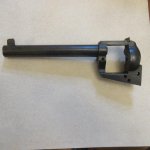
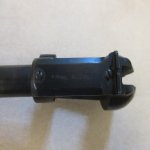
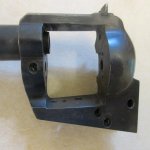
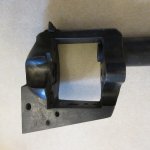
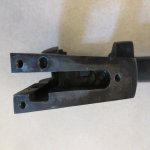
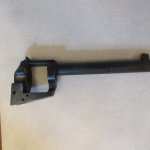
His .22 revolvers predate the Ruger Single Six.
I have two of his .22 revolvers, which happened to turn up in a Central Ontario auction. The middle gun is a handmade .22 auto made by an A Newton.

Because Selby Webb's guns were individually hand made, I thought gunsmiths might be interested in a photo study of his work.
These photos are of the upper revolver. The lower one is similar, but far from identical.
The following photos are of the barrel and receiver. I do not know how the barrel is attached; there is a set screw on top. Perhaps it is screwed in. I do not know if the frame was carved out of a block of steel, or fabricated. Webb was a machinist, and it is apparent that tooling and jigs were used in the manufacture of his revolvers.






Attachments
Last edited:























































